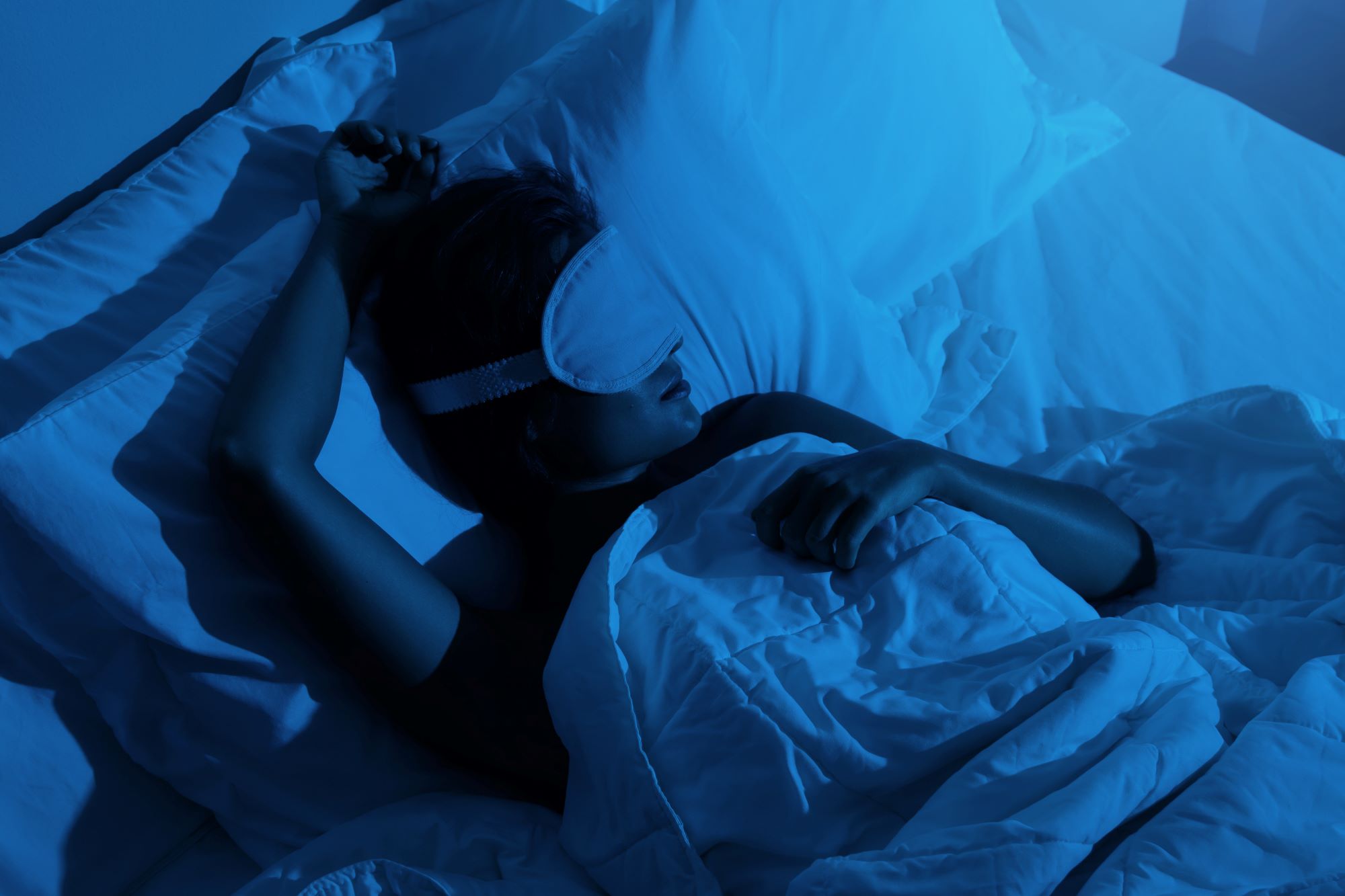Acquired type 2 diabetes is a chronic condition that affects how the body uses insulin. Typically, the condition develops over many years, and it can be difficult to treat. Type 2 diabetes is generally related to lifestyle factors such as obesity and being sedentary.
The Study
This study investigated whether personal light exposure patterns could predict the risk of diabetes using data from close to 85,000 people without diabetes and approximately 13 million hours of light sensor data.
Participants wore devices for one week to track their light levels throughout the entire day and night. The participants were tracked for nine years to observe whether or not they developed type 2 diabetes.
Late Night Bright Light Internal Fight
“We found that exposure to brighter light at night was associated with a higher risk of developing type 2 diabetes,” says senior author Associate Professor Andrew Phillips from the College of Medicine and Public Health.
“Light exposure at night can disrupt our circadian rhythms, leading to changes in insulin secretion and glucose metabolism,” said Phillips. “Changes in insulin secretion and glucose metabolism caused by disrupted circadian rhythms affect the body’s ability to regulate blood sugar levels, which can ultimately lead to the development of type 2 diabetes.”
More exposure to light at night between the hours of 12:30 AM and 6:00 AM was linked to a higher risk of developing type 2 diabetes, and this held true regardless of how much light the participants were exposed to during the day.
Even after taking other factors associated with type 2 diabetes into account such as lifestyle habits, sleep patterns, shift work, diet, and mental health the findings showed that getting more light at night was still a strong predictor of developing diabetes.
“The results showed that exposure to brighter light at night is associated with a higher risk of developing diabetes, with a dose-dependent relationship between light exposure and risk,” said Phillips. “Our findings suggest that reducing your light exposure at night and maintaining a dark environment may be an easy and cheap way to prevent or delay the development of diabetes.”
As with anything you read on the internet, this article should not be construed as medical advice; please talk to your doctor or primary care provider before changing your wellness routine. This article is not intended to provide a medical diagnosis, recommendation, treatment, or endorsement. Additionally, it is not intended to malign any religion, ethic group, club, organization, company, individual, or anyone or anything. These statements have not been evaluated by the Food and Drug Administration.
Content may be edited for style and length.
References/Sources/Materials provided by:
https://news.flinders.edu.au/blog/2024/06/26/fight-the-late-night-bright-light/
https://www.thelancet.com/journals/lanepe/article/PIIS2666-7762(24)00110-8/fulltext%E2%80%99




